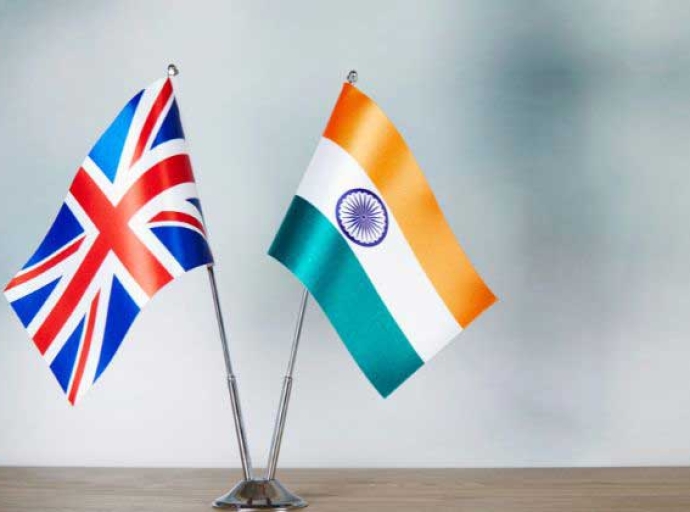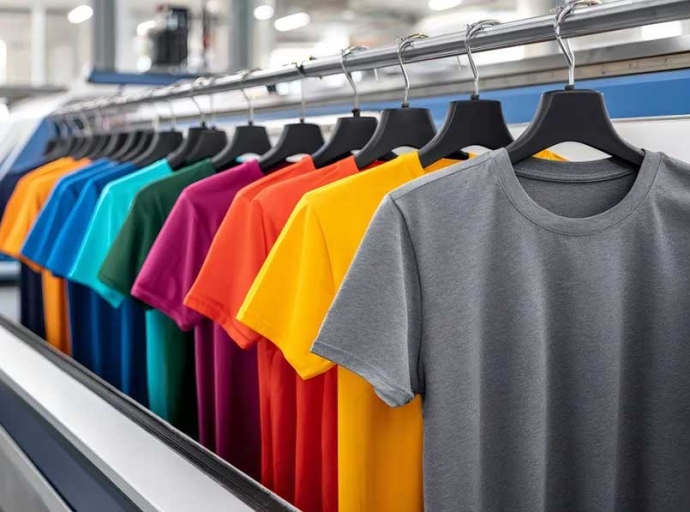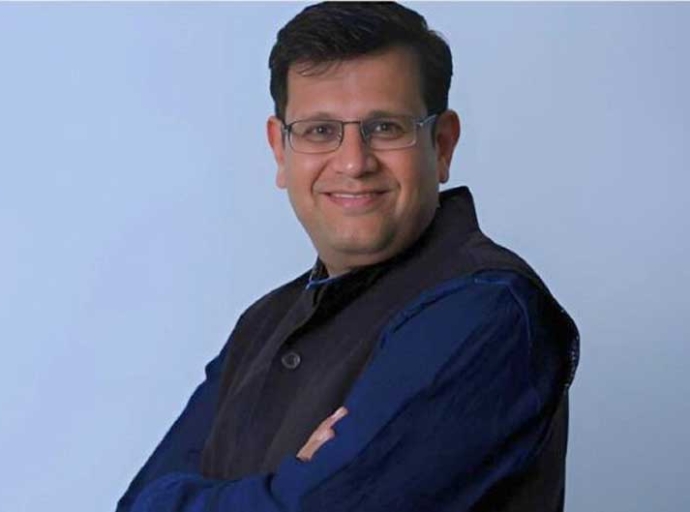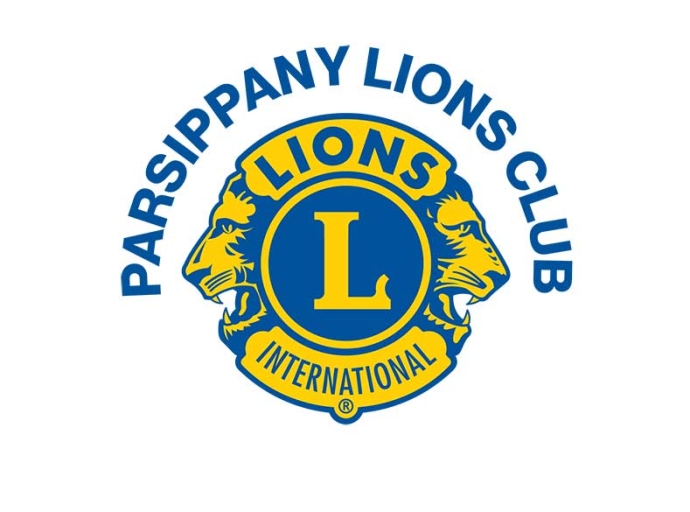India’s retail scenario transforms with D2C brands' arrival
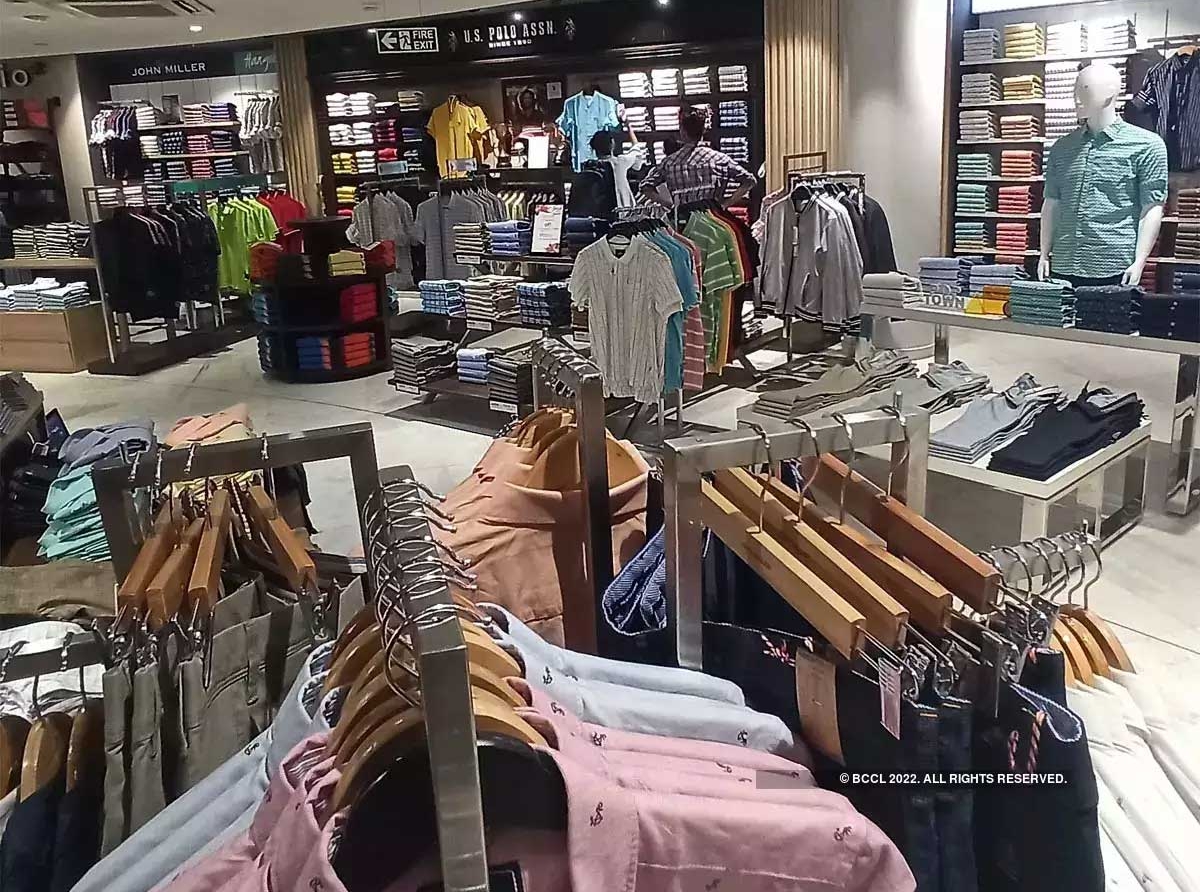
25 July 2022, Mumbai:
Consumers across the globe adapted online shopping during the COVID period. They began trusting the e-commerce market that exploded with delivery platforms and marketplaces witnessing new-user growth of 50 percent.
Studies indicate that the decade 2021-2030 will see D2C brands like Clovia, Atomberg, Furlenc attract significant attention and investments as they keep growing.
RELATED NEWS . D2C Brands' Scope & Future In Apparel Industry
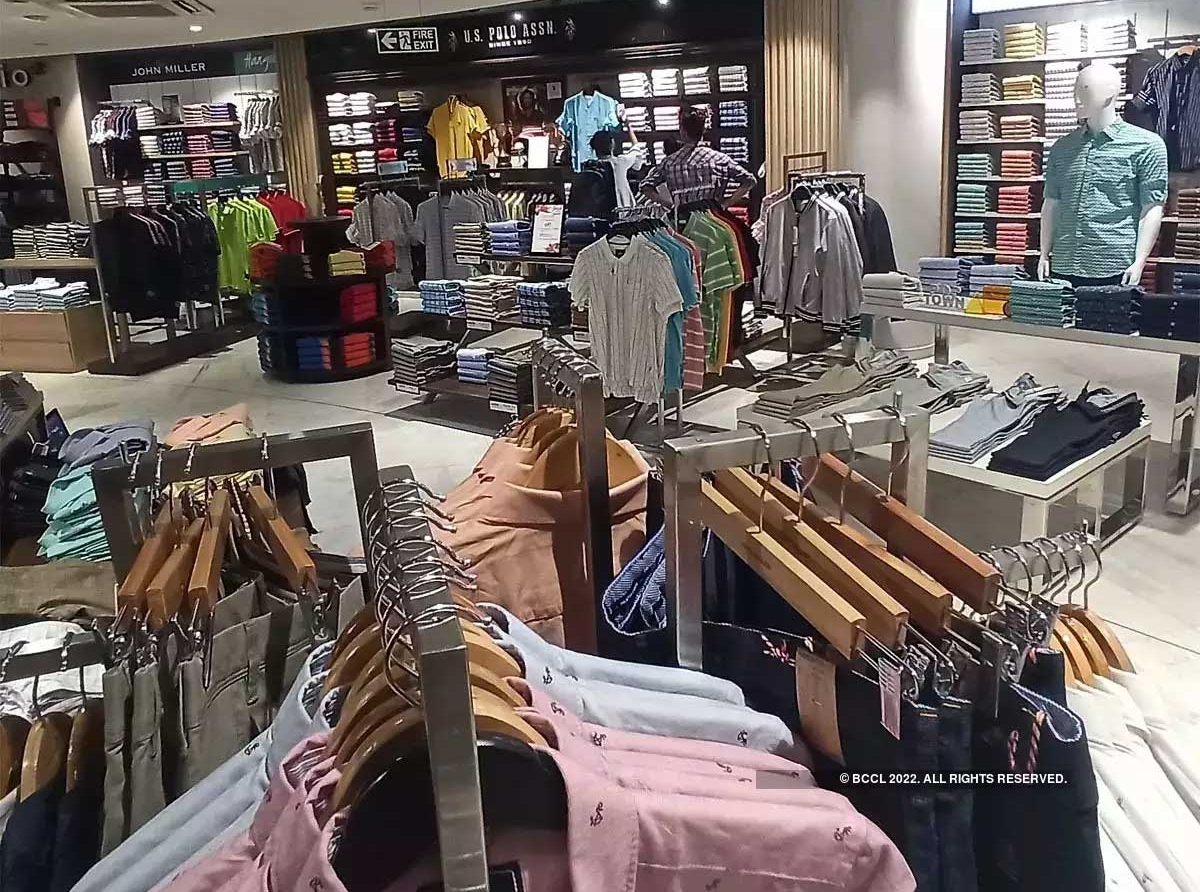
Also Read . Unwind Mind: To enter into D2C fashion
The market thrives with the launch of super apps
Driven by Gen Next entrepreneurs, the current D2C market in India is thriving with the launch of super apps by big companies like the Tata group and Reliance Group. In fact, big players are in the frays, for example, the Aditya Birla Group is looking to set up a new subsidiary for building a portfolio of New Age, digital brands (D2C) across fashion, beauty, and allied lifestyle segments.
It has launched the ‘House of Brands’ business, TMRW to roll out and back digital businesses. TMRW is looking to create a portfolio of fashion and lifestyle brands by acquiring and incubating over 30 brands in the next three years.
The format also enables multiple founders to operate within its ‘house of brands’ platform that shares a common vision and capabilities, as shared by the company. Meanwhile, startups like Globalbees, Mensa Brands, Thrasio, Good Glamm Grup, and GOAT Brand Labs will join ABRFL to build a new brand portfolio, says Ashish Dikshit, Managing Director.
Boosting brand-customer relationships
D2C fashion brands serve customers across all marketing channels. This model does away with any middleman barriers such as wholesalers, retailers, or distributors and offers better prices and faster delivery times with higher profits.
D2C also enables fashion brands to utilize new technologies to boost brand-customer relationships and bridge the supply-demand gap. For example, the digitally immersive store introduced by premium lifestyle brand Van Heusen helps enhance the fit and fashion experience of shoppers.
Adopting omnichannel strategies to boost engagement
To reach their target consumers, D2C brands are leveraging the services of social media influencers. They are also adopting the omnichannel model to boost brand engagement and encourage repeat purchases with long-term loyalty.
Many new small and medium-size D2C players are entering the apparel retail segment. However, only a few have the resources, and detailed know-how to invest in design development, team building, raw material sourcing, and manufacturing.
Eastman Brands, the division of Eastman Exports Global Clothing, Tirupur has introduced the ‘White Label’ concept for the apparel segment, D2D (Design-to-Delivery) and D2C (Direct-to-Consumer). The concept allows a product or a service produced by one company to be rebranded by the other companies to make it appear as if they have made it.
Helps brands launch new products
Stakeholders believe the D2C segment enables new retailers or brands and labels to launch their products as no big product development, lead times, and investment is required. S Kannan, the CEO, of Eastman, explains, that the ‘small order quantity concept is going to be a massive business in the next few years and the company is trying to cater to this segment as soon as possible.
Ensuring small orders remains a problem for nearly all brands and start-ups and for that they keep searching for manufacturers/vendors who can support them, and work with small factories which are ready to take small quantities.
Product category also matters in the case of smaller orders like Bewakoof.com which focuses on T-shirts since it is comparatively easy to source and has fewer issues like fit. The brand works with a few vendors having 50 stitching machines.
Market to reach $100 billion by 2026
D2C brands are expected to be the biggest drivers of the retail market in India with their size expected to reach $100 million by 2026. In 2021, these brands clinched around 174 deals to raise $1.81 billion in the capital.
This not only resulted in the creation of thousands of new brands but also gave enablers and digital sellers new growth opportunities by launching new disruptive models such as e-commerce roll-ups, houses of brands, etc.
Explore: Fashion Brand News l Apparel News l Lifestyle News l Retail News l Textile News l Trade News l Startup News
Join our community on Linkedin
Latest Publications



